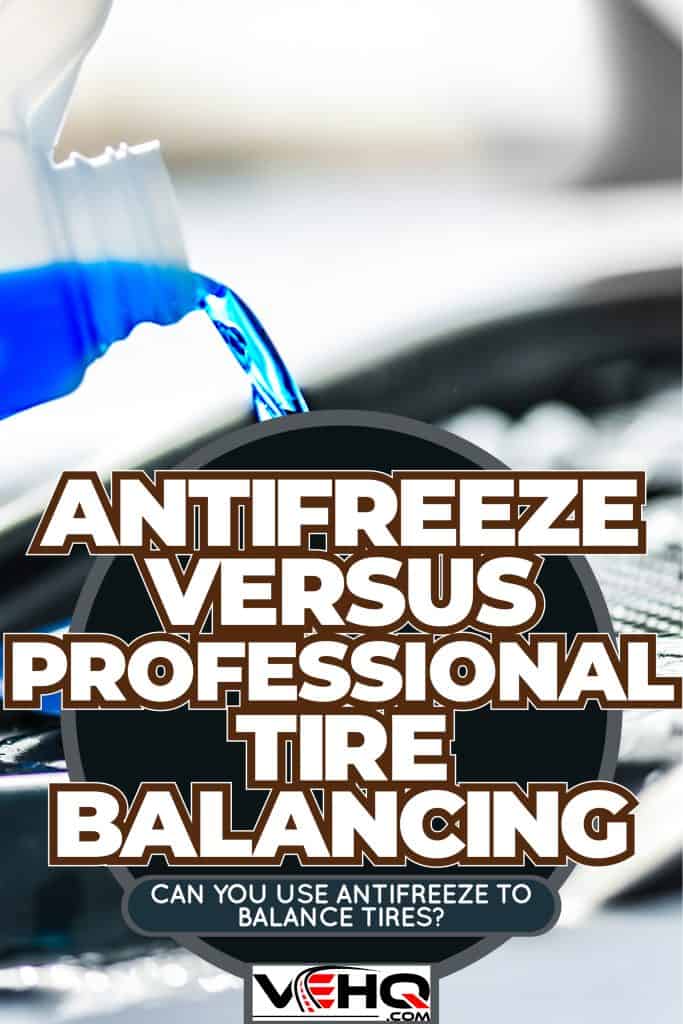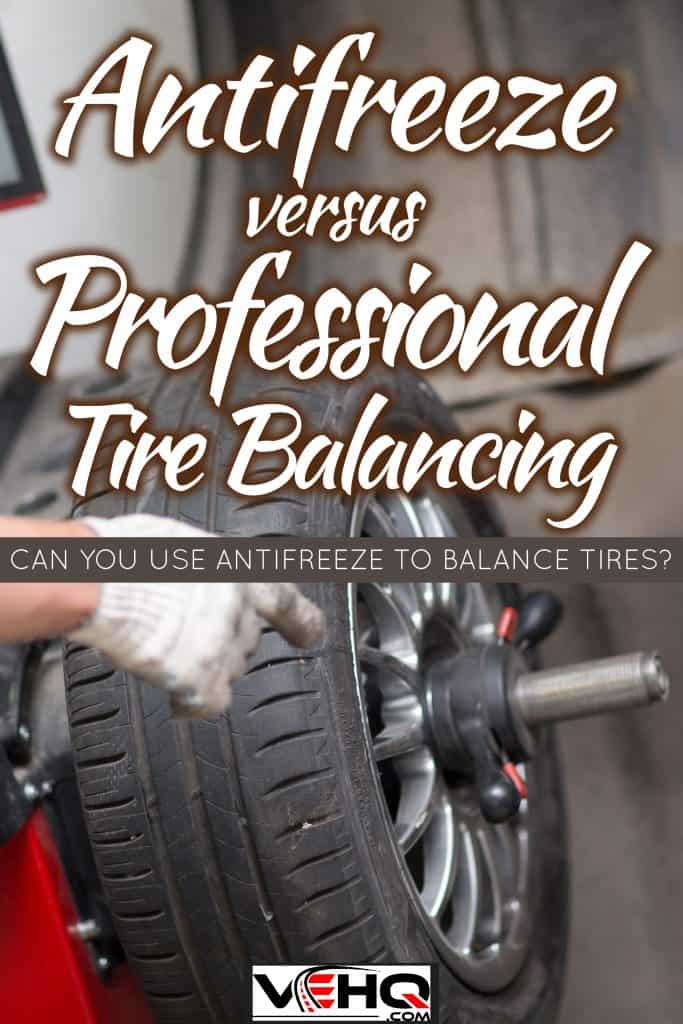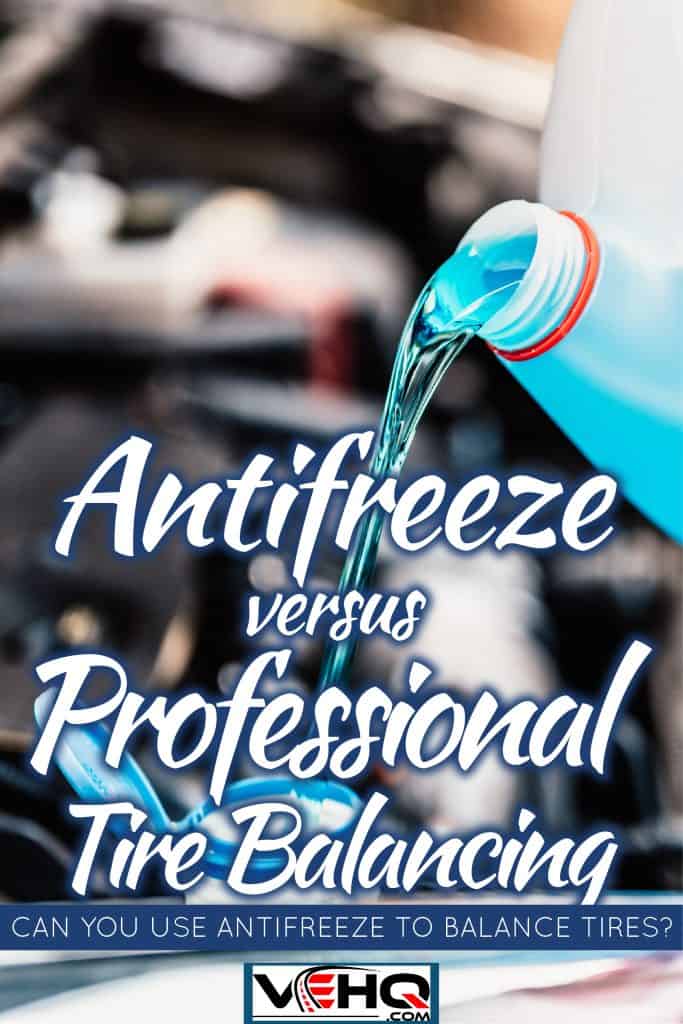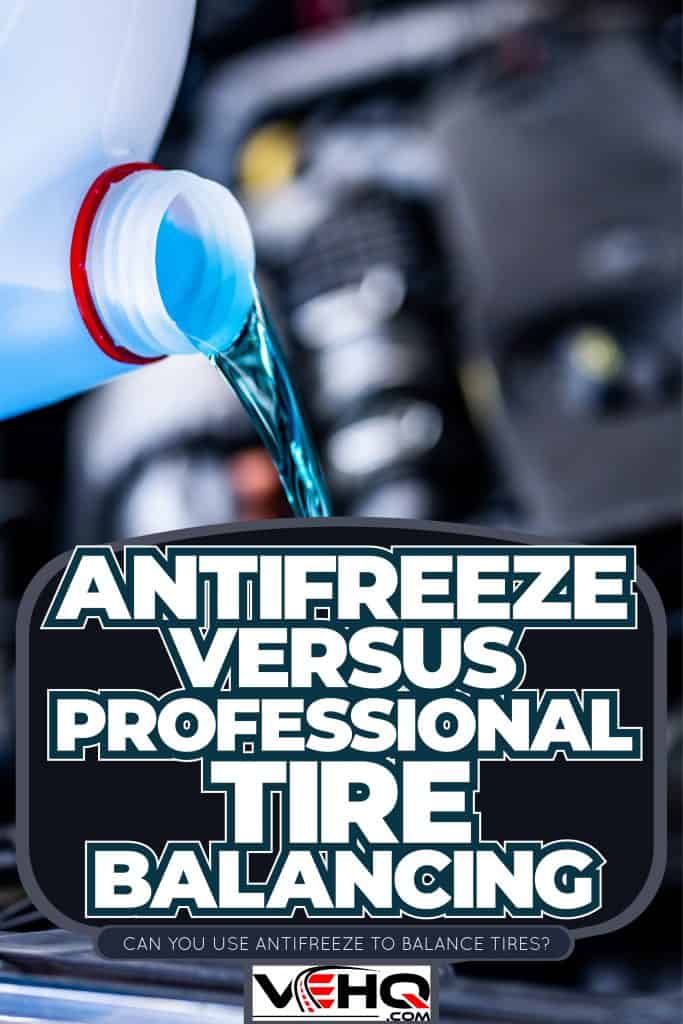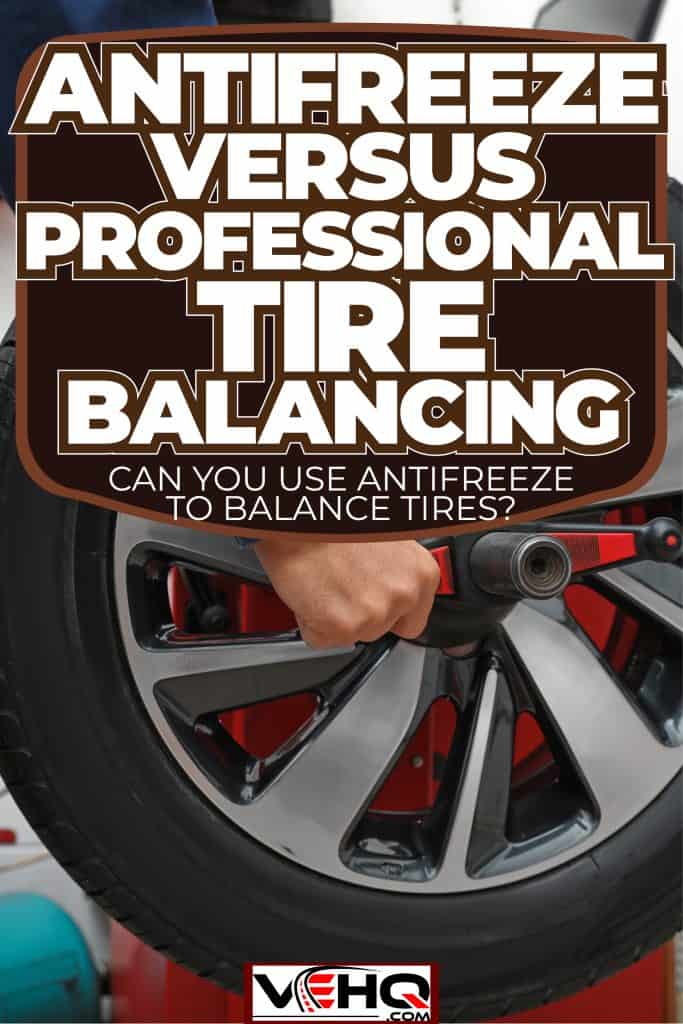Are you tired of spending a fortune on professional tire balancing services? Have you heard about using antifreeze as a cheaper alternative? While it may sound like a DIY dream come true, the truth is a little more complicated.
In this article, we'll explore whether antifreeze can really be used to balance tires, what the pros and cons are, and whether it's a good idea for your vehicle.
Keep reading to find out the answer and learn more!
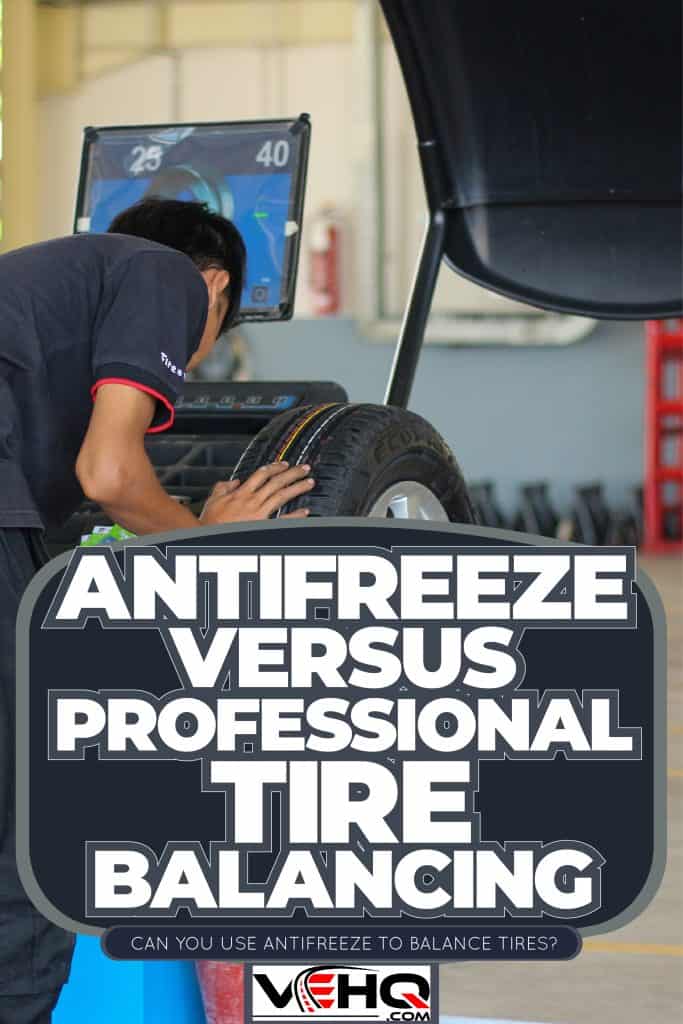
What Is Antifreeze?
Antifreeze, also known as engine coolant, is a liquid substance that helps regulate the temperature of your vehicle's engine by preventing it from overheating in hot weather and freezing in cold weather.
Check out this antifreeze on Amazon.
It's an essential component for optimal engine performance and maintaining the overall health of your vehicle.
Typically, antifreeze is made from a mixture of water and ethylene glycol or propylene glycol. These chemicals lower the freezing point and increase the boiling point of the liquid, providing a stable temperature range for your engine to operate effectively.
Additionally, antifreeze contains additives that help prevent corrosion and rust inside your engine's cooling system.
It's important to use the correct type of antifreeze for your vehicle, as different manufacturers may require specific formulas.
Most antifreeze products are available as either ready-to-use mixtures or concentrates that you'll need to dilute with water. Always consult your vehicle's owner's manual for the appropriate antifreeze type and ratios.
Now that you understand the role of antifreeze in your vehicle's engine, you may be wondering about its potential use in tire balancing.
Mixing antifreeze with water to balance tires is a method some people have tried, but whether it's an effective solution depends on several factors. Let's explore this idea further and evaluate its pros and cons.
Tire Balancing Basics
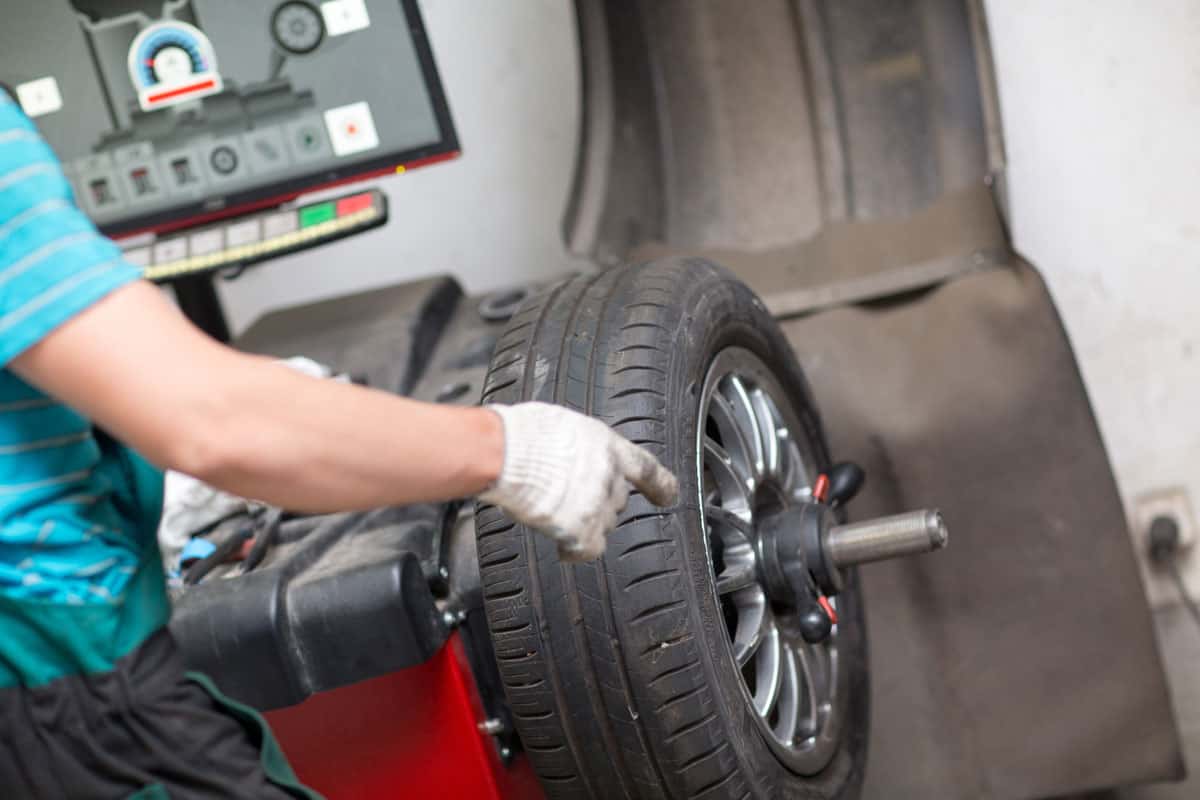
Tire balancing is an essential part of maintaining your vehicle's performance and ensuring a smooth and comfortable ride.
In this section, we'll discuss the importance of tire balancing and the different methods used to achieve it.
Why Tire Balancing Is Important
When your tires are properly balanced, the weight is evenly distributed around the entire circumference of the tire and wheel assembly.
This is crucial because wheels with uneven weight distribution can cause vibrations, excessive tire wear, and even damage to your suspension system.
By regularly checking and maintaining proper tire balance, you can ensure optimal handling, reduced tire wear, and a more comfortable driving experience.
Methods of Tire Balancing
There are two main methods used to balance tires: static balancing and dynamic balancing.
Static Balancing
Static balancing is the simplest form of tire balancing. It involves placing the wheel and tire assembly on a special machine that measures weight distribution. Any imbalances are corrected by adding small weights to the rim until the assembly balances evenly.
Dynamic Balancing
Dynamic balancing is a more advanced technique that measures the tire balance on all three axes by spinning the wheel and tire assembly at various speeds.
This method can detect more complex cases of imbalance and allows the technician to make more precise adjustments.
Using Antifreeze to Balance Tires
Recently, some people have claimed that using antifreeze can be an alternative method for balancing tires.
Let's discuss the pros and cons of this method, how it works, and some alternatives to consider for tire balancing.
Pros and Cons
One advantage of using antifreeze to balance your tires is that it offers a dynamic balance, meaning it continually adapts to changes in tire wear.
This method might reduce vibration, shimmy, and heat, resulting in a smoother ride. However, there are concerns about the potentially corrosive nature of antifreeze, which could damage your tires over time.
Furthermore, this method may not be as effective as traditional weights or bead balancing methods.
How It Works
To balance your tires with antifreeze, the tire valve stem is removed, and the tire is deflated. A small hose is then connected to the inflator, with the other end submerged in antifreeze.
By lifting your vehicle, the antifreeze is sucked up into the tire. Once the desired amount of antifreeze is inside, the valve stem is reinstalled, and the tire is inflated.
Alternatives to Antifreeze for Tire Balancing
If you're not sure about using antifreeze for tire balancing, don't worry; there are other alternatives available:
- Traditional weights: Stick-on or clamp-on weights can offer static balance, which may be more accurate than the dynamic balance of antifreeze.
- Bead balancing: Small balancing beads can be added to your tires, offering an alternative method of dynamic balance that isn't corrosive.
- BBs: Similar to bead balancing, BBs can also provide dynamic balancing but may have issues with clumping or not balancing until higher speeds.
It's essential to consider your specific requirements and preferences when deciding on the best tire balancing method for your vehicle.
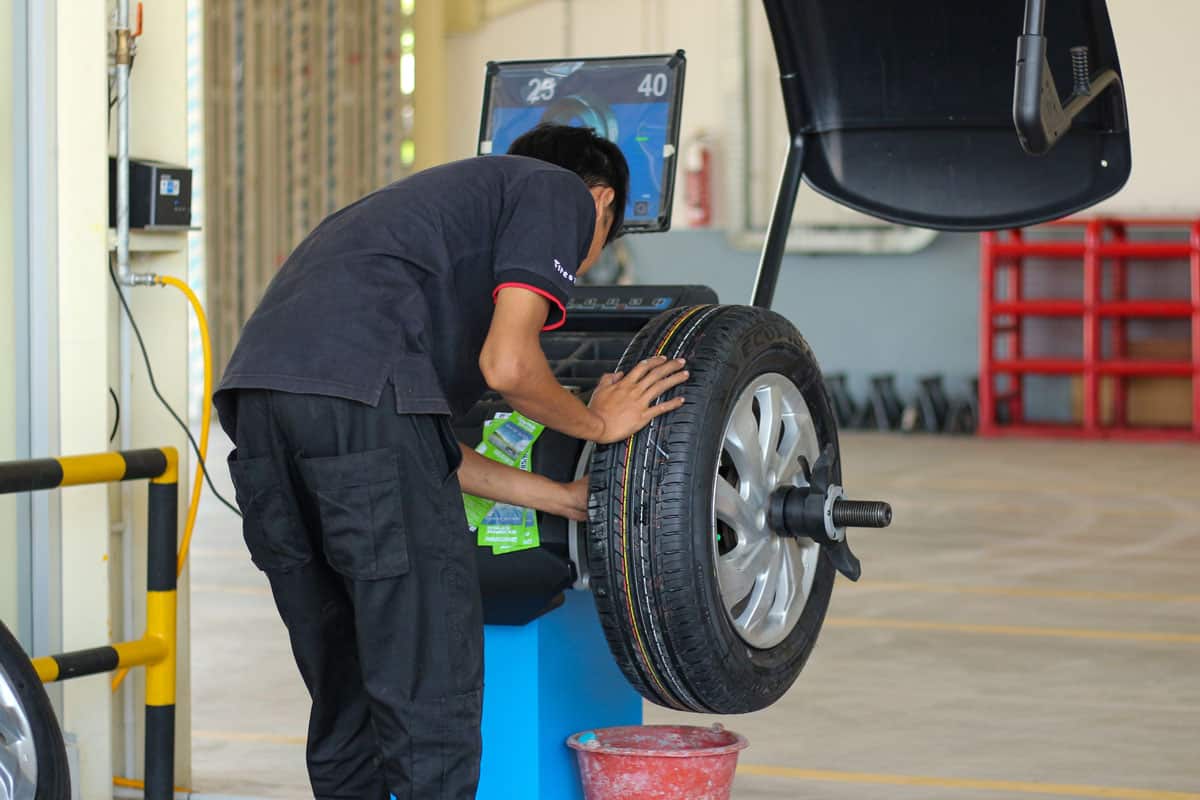
Safety Precautions
When using antifreeze to balance tires, it's essential to follow safety precautions to protect yourself and the environment.
Handling Antifreeze
Antifreeze can be hazardous if not handled properly. To ensure your safety while working with antifreeze, remember these key guidelines:
- Always wear protective gloves and safety goggles when handling antifreeze.
- Ensure adequate ventilation in the area where you are working to avoid inhaling toxic fumes.
- Follow the proper tire fitment instructions and never assume that you can simply substitute the tires shown in any general guidelines.
- Avoid ingesting antifreeze by not eating or drinking while working with it.
- Keep antifreeze out of the reach of children and pets, as it can be harmful if swallowed.
Disposal of Antifreeze
Proper disposal of antifreeze is crucial to protect the environment and comply with local regulations. Here are some guidelines to follow for responsible disposal:
- Never pour antifreeze down drains, into storm sewers, or on the ground, as it can contaminate water sources and harm aquatic life.
- Collect any used antifreeze in a clean, sealable container to prevent spills and leaks.
- Consult with local waste disposal authorities to find approved methods and locations for disposing of used antifreeze.
- Some local recycling centers accept used antifreeze for processing, so inquire about the availability of recycling antifreeze in your area.
By following these safety precautions, you can use antifreeze to balance your tires without putting yourself or the environment at risk.
Wrapping Up
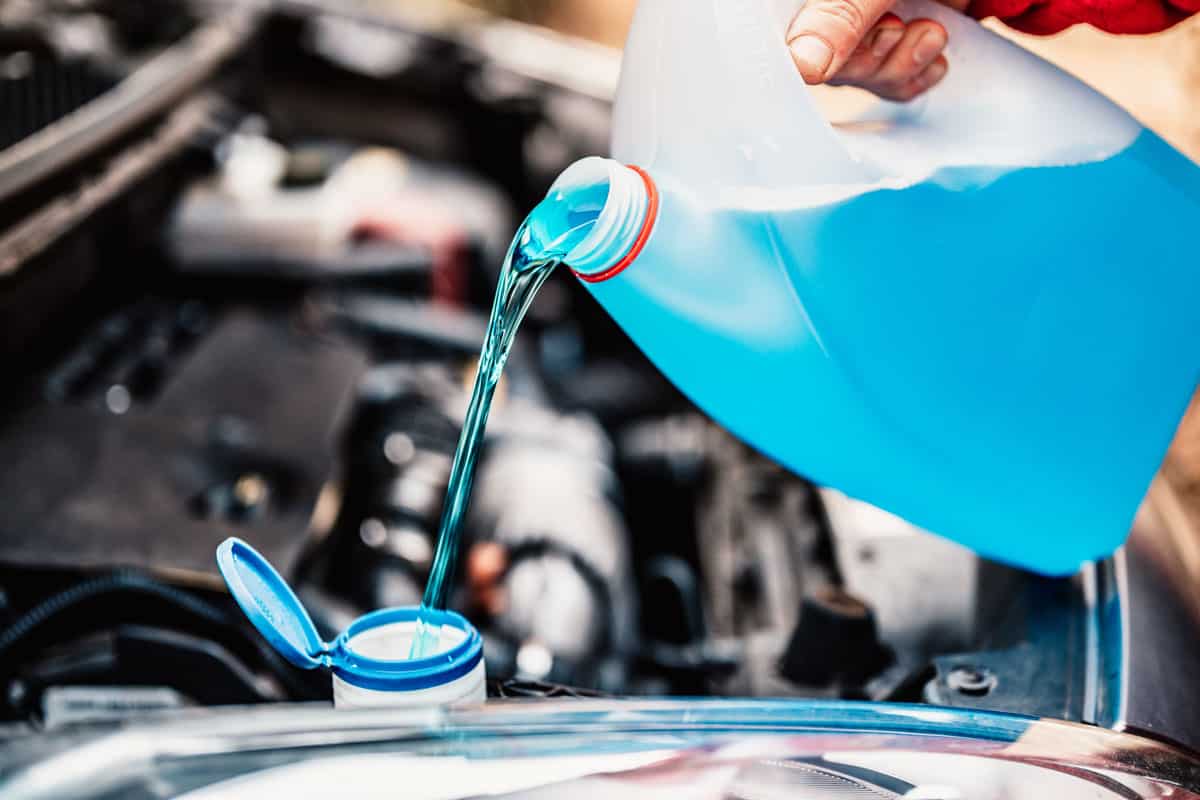
Using antifreeze to balance your tires can be an effective method for some people. However, it's essential to consider that not all vehicles or tire setups may benefit from this method.
It may be worth trying if you're experiencing persistent balancing issues, but always be cautious and consult a professional if you're unsure.
Traditional tire balancing methods, such as using weights, are still relevant and widely used today. However, exploring alternative methods like antifreeze balancing can be an interesting option.
Ultimately, it's up to you, your budget, and your specific tire and driving needs to determine if this method is the right choice for you.
If you find this article helpful, you might also like these posts:


